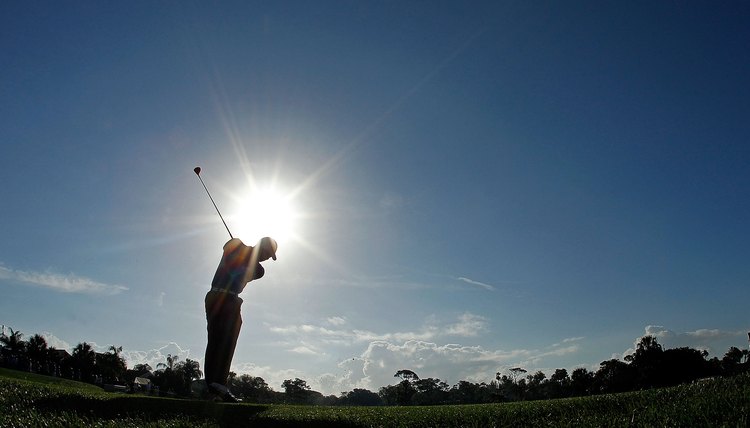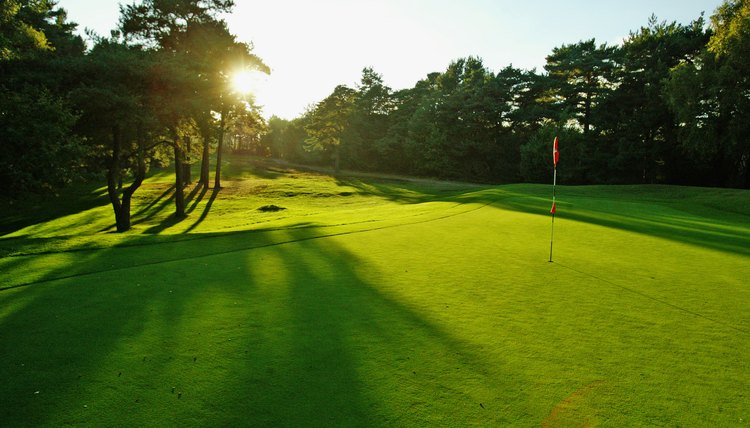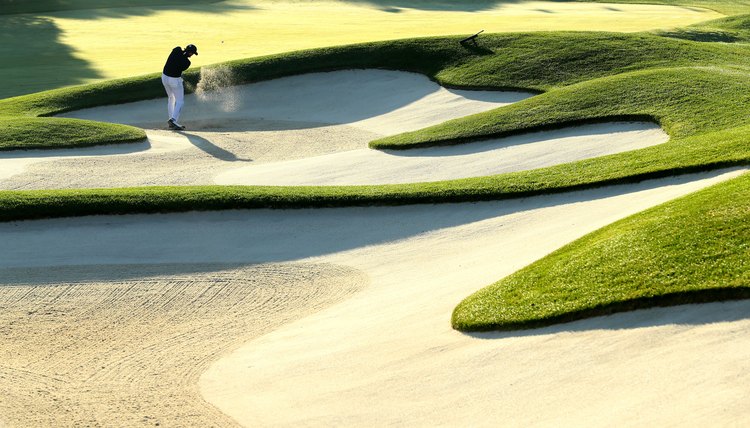When Was Golf Invented?

When Was Golf Invented?
The game of golf most likely began when a few hardy Scottish souls used a stick to propel a round rock toward a predetermined target in the 15th century, though the exact details of the history of golf and when it was invented have been lost in the midst of time.
Between the 1500s and 1600s, the game became more formalized. Everyone played, from the peasants to the elite; however, not everyone favored the game. King James II of Scotland thought the youth of his era should be more focused on worthy pursuits, such as going to war, rather than honing their golf skills.
In 1636, David Wedderburn included the Latin word for "club" in his Vocabula, a listing of terms related to golf. Also included was a term for "golf hole," a critical element for defining the modern day game of golf.

Precursors to Golf
While England is credited with being the birthplace of golf, similar ball games were played much earlier. According to GolfNow.com, feather-stuffed balls were hit with branches as early as the time of Julius Caesar.
The Dutch played a golf game of sorts on their frozen canals, as documented by book illustrations as early as the 1400s.
The game was more like ice hockey and was played with sticks and a ball. It was called kolven. Kolven became kolf, and then gawf in Britain. However, according to the Scottish Golf History website, there is not a "universally accepted derivation for the word golf." The French and Belgians played a cross-country version of the game with a ball and a stick.
Early Golf Play
By the 1500s, a variation similar to the modern golf game was played on the coasts of Scotland. Both men and women participated. In fact, Mary Queen of Scots was chided for playing the day after her husband was murdered. Rules varied, but by 1744, a set of 13 rules of golf had been established and accepted. That's a far cry from the modern game’s rule book, which is hundreds of pages.
In the mid-18th century, the Royal and Ancient Golf Club of St. Andrews established that the game should consist of 18 holes. At the time, old courses consisted of 12 holes. Ten of the holes were played once and an additional eight holes were played again for a total of 18.

Early Golf Equipment
The first golf clubs are difficult to date accurately. By comparing the techniques used to make bows, Troon clubs are believed to date from the early 17th century or late 16th century. The golf ball, which was made of carved wood in the 1500s, segued into featherie, or a leather ball, in 1618.
The featherie was a leather pouch stuffed with wet feathers. When the feathers dried the ball became firmer and round. This innovation took the game of golf out of the common man's reach because featheries were expensive and didn’t last long.
When forged metal clubheads became available, many golfers stuck with wood clubs because they did less damage to the featheries. The gutta percha ball gave the game back to the masses 200 years later. Gutta percha balls were made of rubber, were much less expensive to produce because they could be poured into molds, and lasted longer than featheries.

Clubs, Courses and Competition
The distinction of being the oldest golf course is credited to the old links of Musselburgh in Scotland. Scotland's Prestwick Golf Club played host to the first Open Championship in 1860. By the mid-19th century there were still only 17 golf courses in the world, 14 of them in Scotland.
The Open Championship’s 1860 inaugural tournament makes it the oldest golf tournament still played today by professional golfers.
The oldest American golf course still in use today is the Foxburg Country Club, located in Foxburg, Pennsylvania. It was established in 1887.
Writer Bio
Brian Hill is the author of four popular business and finance books: "The Making of a Bestseller," "Inside Secrets to Venture Capital," "Attracting Capital from Angels" and his latest book, published in 2013, "The Pocket Small Business Owner's Guide to Business Plans."
